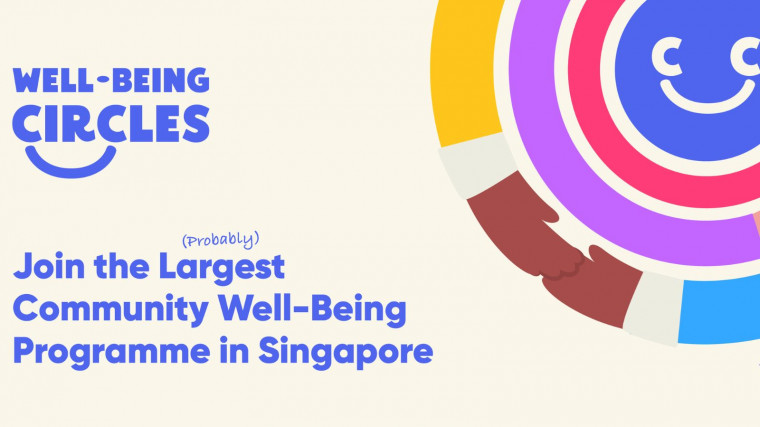|
Audio Version Available
|
Happiness is a difficult concept to define. For most, it’s an intuitive thing — we can’t force ourselves to be happy, just like how we can’t force anger or sadness.
On top of that, its interpretation is always personal. Lucy, from the beloved comic strip Peanuts, says that happiness is a warm puppy; my colleague with a deathly fear of dogs would beg to differ.
Aristotle calls happiness “the meaning and purpose of life”, Merriam-Webster explains it as a “state of well-being and contentment”, and scientists refer to it as “subjective well-being”.
In Singapore, happiness is a contentious topic — while we’ve moved up to being the 27th happiest nation in the world (at least according to the World Happiness Report), Singaporeans have been facing more burnout, stress, and other issues over the years.
So while on “paper”, we may appear to be happier, many of us aren’t feeling that way.
So how can we be happier?
Translating the science of happiness into circles of well-being
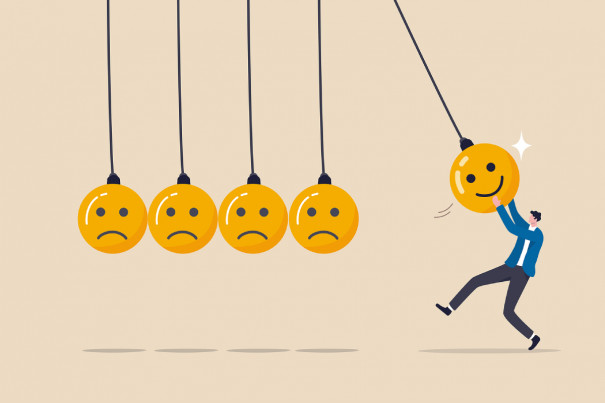
“As we do, we learn,” shares Sherman Ho, 33, “and as we learn, we grow.”
He and Simon Leow co-founded the Happiness Initiative, a social enterprise that translates the science of happiness into applicable skills for maintaining our well-being.
This includes workshops in schools and companies, developing games, planning community events such as The Happiness Film Festival, and the Happiness Conference.
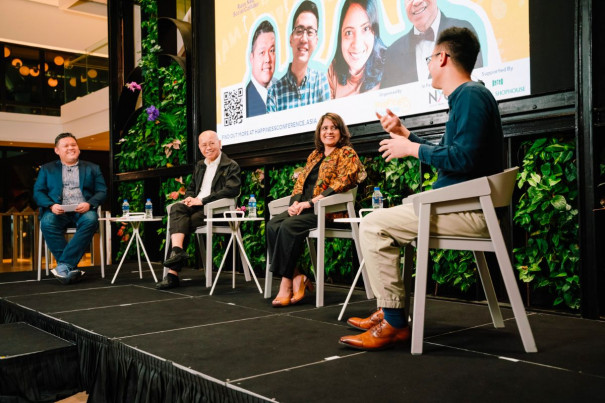
The latest project is Well-Being Circles, a community-based programme that aims to empower individuals with skills to improve their mental health.
In 2019, the Ministry of Culture, Community, and Youth (MCCY) approached the Happiness Initiative to run a community well-being programme similar to Action for Happiness, a UK-based charity.
“We wanted something that is very simple to run… non-experts to be able to run this programme,” shares Sherman, “there’s a power in the community we could tap on.”
The duo realised, after some experimenting, that it’s not as easy as duplicating the UK programme in Singpore.
“We have the capability, we have the skillset, the knowledge, and the content,” explains Sherman, “so we started a two-year journey where we delved into well-being research, trying to condense information to build the programme.”
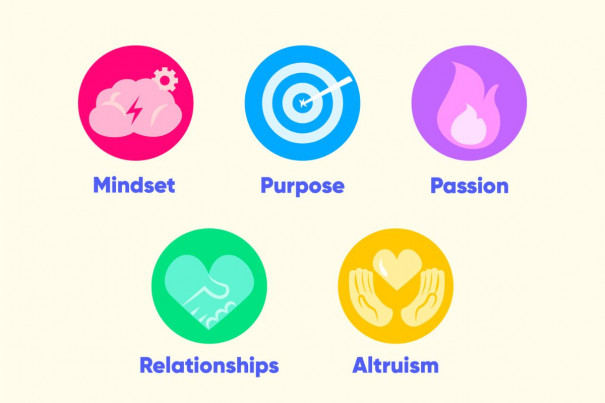
Aimed at those above 18, the project underwent several developmental stages — four mini-pilots of 5 to 10 participants each, and a pilot trial at Nanyang Technological University with 50 students.
According to Sherman, participants reported a 21% increase in mental well-being, a 30% decrease in depressive symptoms and a 41% decrease in anxiety symptoms after undergoing the programme.
To help others, we must first help ourselves
In August, the Happiness Initiative will open the Well-being Circles to the public, embarking on the next phase of the project.
Minister of State for Ministry of Culture, Community and Youth and Ministry of Trade and Industry Alvin Tan says: “(through this project) we aim is to build a caring and inclusive society where all can be supported to achieve mental health and well-being.”
Held over a four-month period, participants go through 12 two-hour sessions in a small-group format consisting of one facilitator to five participants.
In the first eight weekly sessions (the Learning phase) participants learn well-being skills rooted in one of the five core themes – Mindset, Passion, Purpose, Relationships, and Altruism.
In the last four fortnightly sessions (the Check-in phase), they will put these skills into practice.
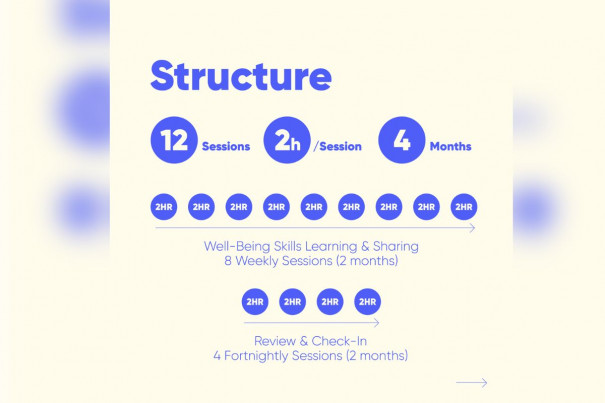
Why so intense?
“Well-being isn’t something that you can teach overnight,” Sherman tells The Pride, “it’s not like I can run a two-hour workshop and suddenly people are happy. It takes a lot of time and a lot of reinforcement.”
“You’re asking people to change certain habits — you need the space for them to do that, and you need them to build that friendship and connection with each other.”
And the small group format plays into this strength.
Other stories you might like
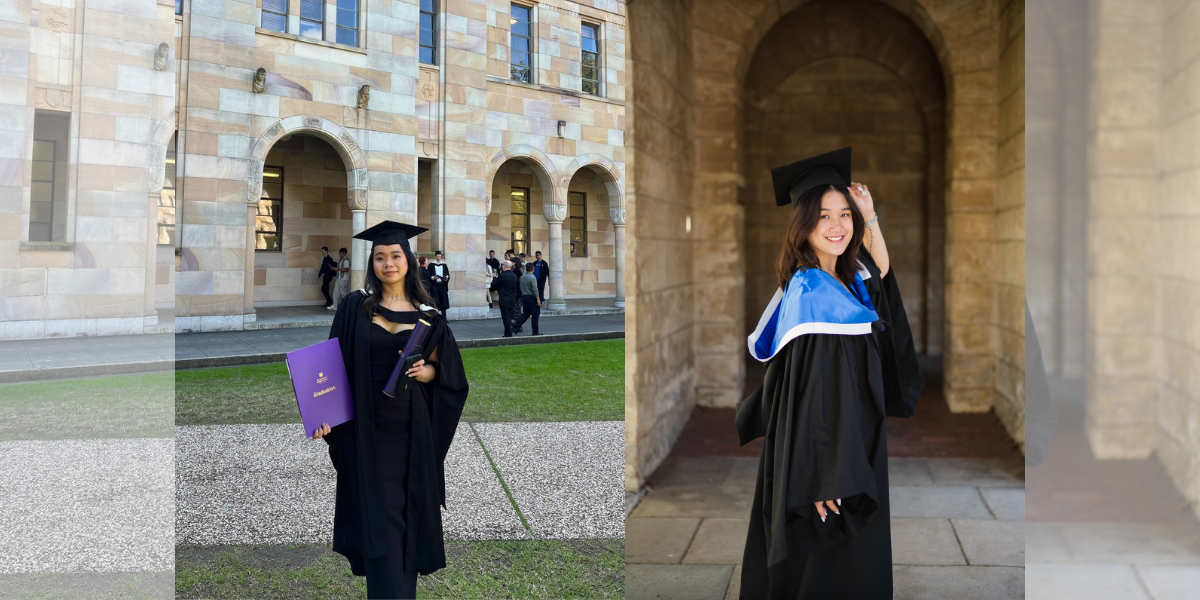
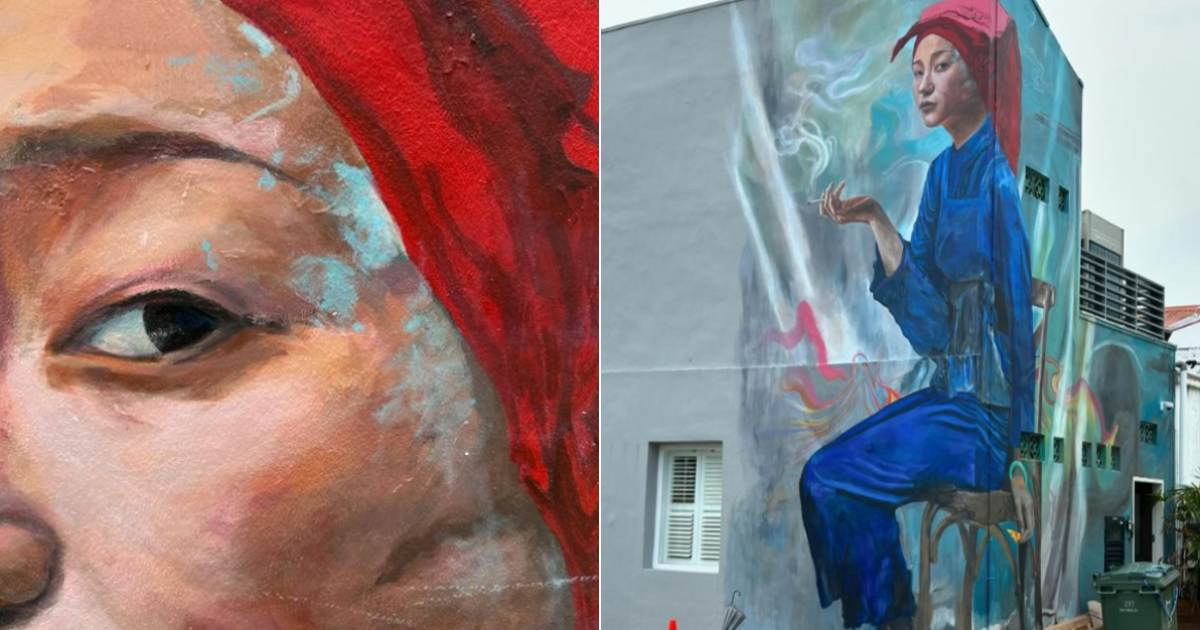
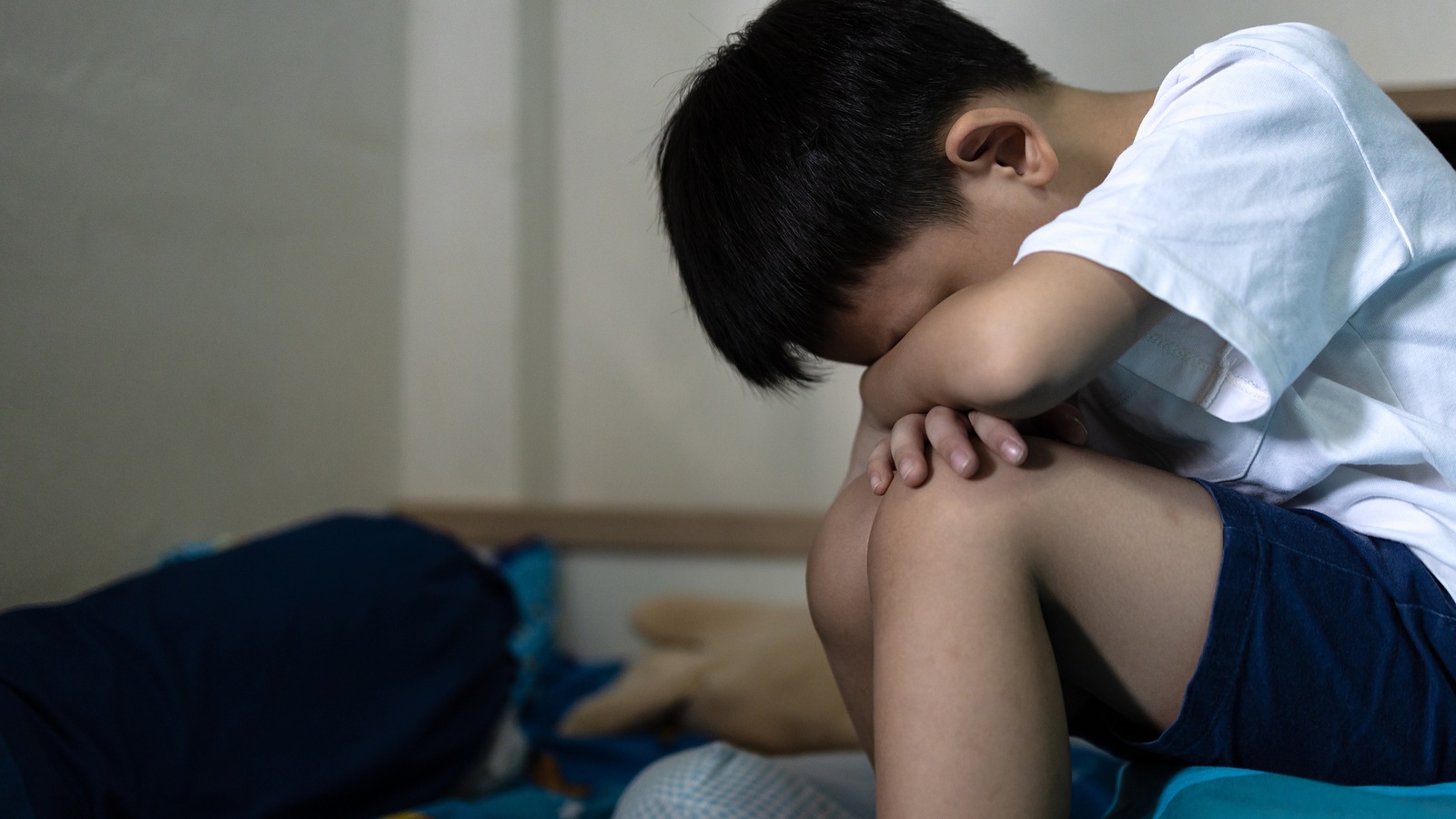

As Sherman explains it, while each person’s well-being journey is unique and personal, there’s always something to learn from somebody else’s experiences and sharing.
He uses a Chinese idiom to explain: “修身, 齐家, 治国, 平天下” (xiūshēn, qíjiā, zhìguó, píngtiānxià) — a Confucian phrase that reminds people to “cultivate the self, regulate the family, govern the state, then harmonise the world”. In other words, first care for yourself, then your family, your country, and beyond.
The philosophy behind this grand-sounding phrase is simple: Before we can truly help others, we must first help ourselves.
Open to the public for free
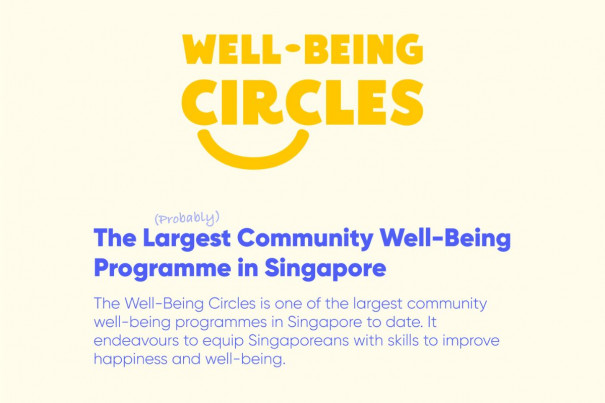
Interested participants can register for free at the Well-Being Circles website. For more information, you can also sign up for a programme brief on July 14.
Participants will be randomly sorted into either Wave 1, starting in August, or Wave 2, which starts in January next year. Registration closes July 18.
If you like what you read, follow us on Twitter and Google News to get the latest updates.
